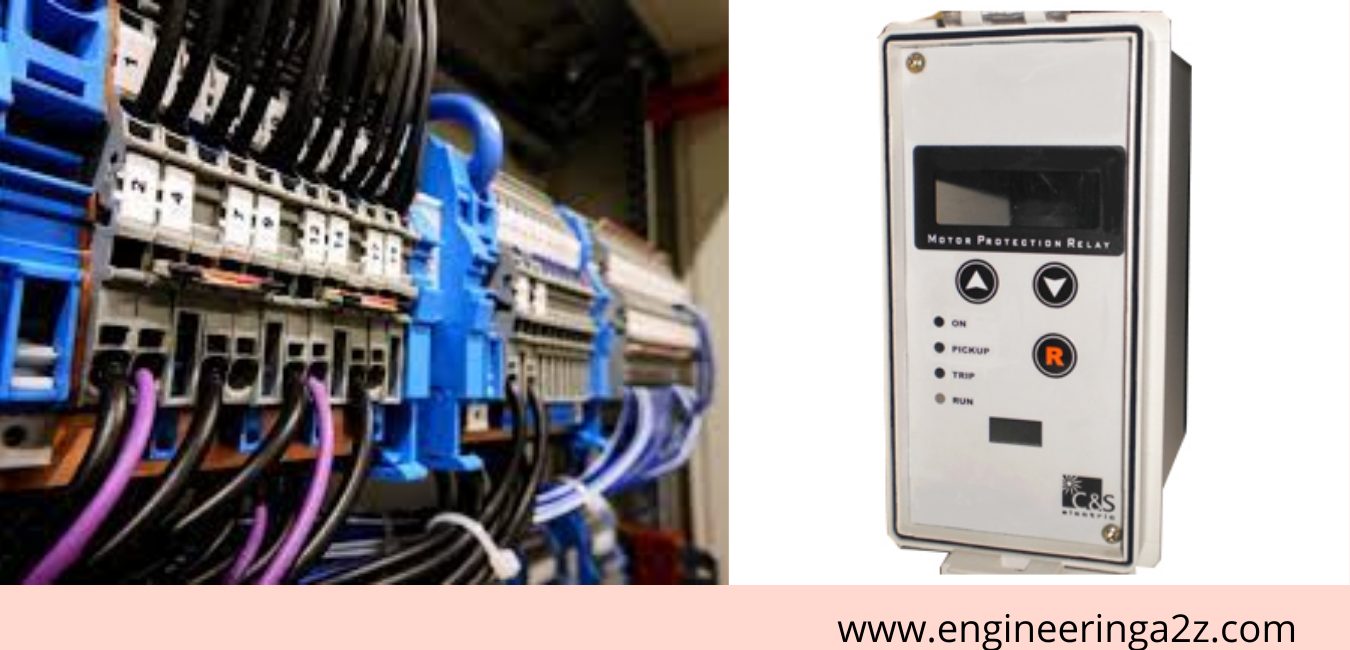
Table of Contents
Switchgear
The apparatus employed for switching, controlling and protecting the electrical circuit and equipment is called switch- gear. Switch gear is required to protect the power apparatus from high current due to short circuits. Switchgear is operated manually to make or break a circuit .
Protection Schemes of Switchgear is of Following Types
- Over-Current Protection
- Differential Protection
- Distance Protection
- Directional Protection
1. Over Current Protection
It is used for primary protection or as a backup for a earth fault or phase over current protection. It is mainly used for HV side of transformer. Care must be taken however, to ensure that these elements do not pick-up and trip for faults on the LV side. It is mainly used Inverse Definite Minimum Time Lag (IDMTL) relay is inverse characteristic relay with respect to it’s current being monitored. The characteristics of IDMTL are represented diagrammatically in the graph as shown.
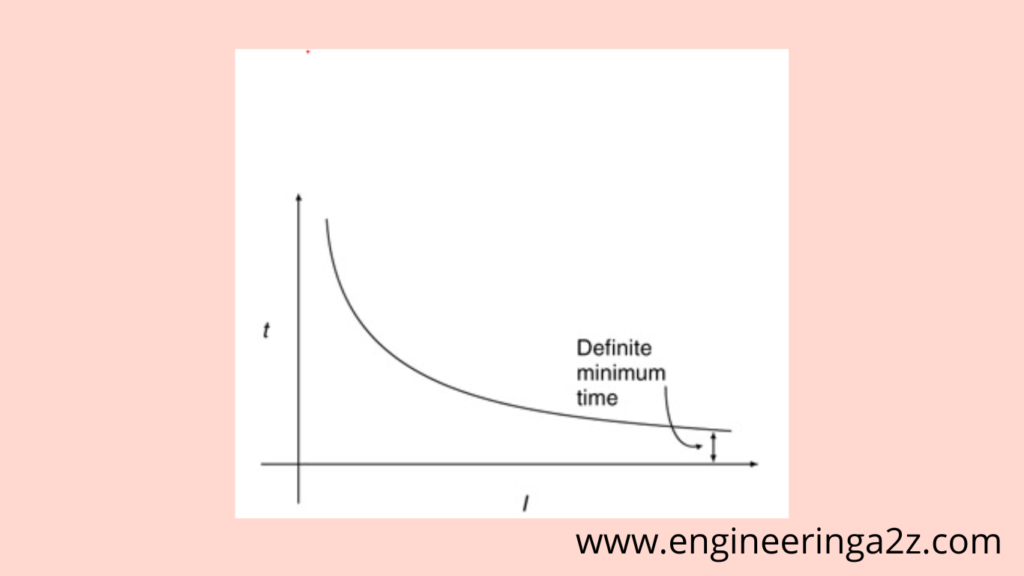
2. Differential Protection
In a basic differential protection scheme, if the sum of the current entering to any circuit and leaving the circuit is zero then the relay will not perform action. These type of differential scheme normally applied to a transformer is called the current balance scheme. This protection is also called unit protection, as it only operates for faults on the perticular unit it is protecting. It is situated between the CTs. The relay therefore can be instantaneous in operation, as it does not linked with any other relay on the network. This type of protection scheme also be applied to auto-transformers.
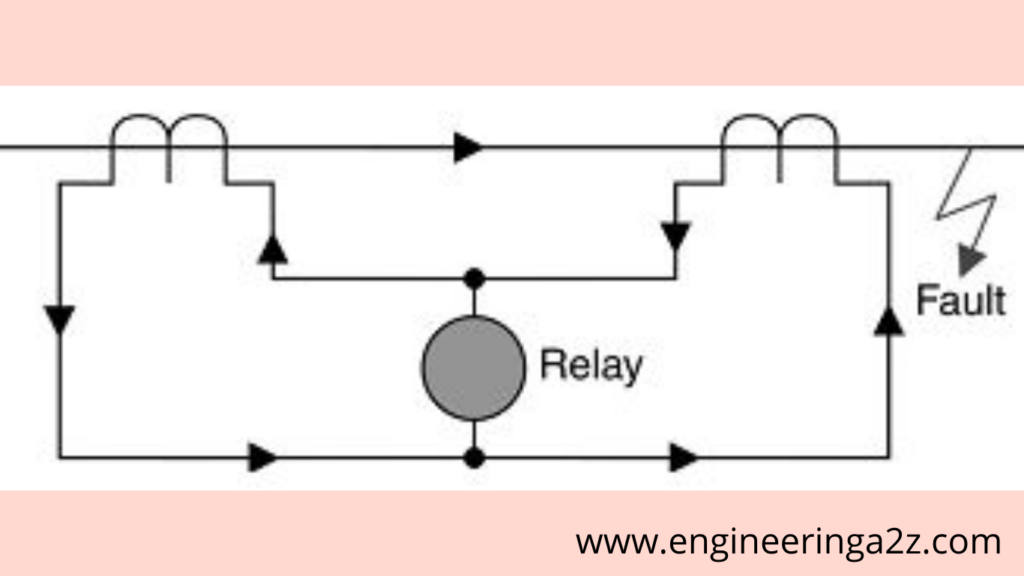
3. Distance Protection
It is a Non-unit System of Protection, which measures the Impedance between the Relay Location and the point where the fault is occur and compares it with the Set Value. If the measured value of Impedance is less than the Set Value , the Relay operates. It protects a certain Length of Transmission Line, so it is called a Distance Relay protection. In other words, If the Measured value of Impedance < Setting Impedance, the Relay Operates. The distance relay is mainly used for transmission lines & it covers Line Faults, Secondary Side Faults, Abnormal System Condition, etc. Depending upon the Distance Relay Characteristics, there are two types of Distance Relays i.e.
- Impedance Relay
- Mho Relay
Distance Protection is divided into number of zones for better experience. we know that the Line Impedance is directly Proportional to Line Length, so we can calculate the exact Location of the Fault in Kms.
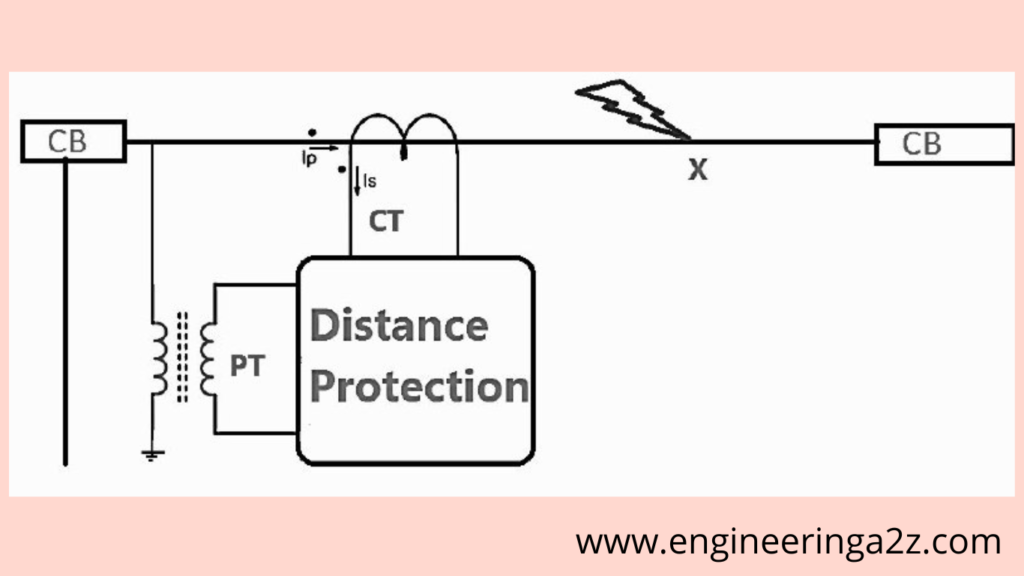
4. Directional Protection
In power systems relays are used to detect fault conditions. For example, over current, under voltage, etc. In directional protection scheme there are mainly two relays are used i.e.
- Directional Relay
- Non Directional relay
4.1 . Directional Relay
Directional relay operates when the fault is occurs in particular direction. It senses the direction of current flowing. The directional relay senses the fault in only one direction and doesn’t operate when the fault is in the opposite direction. It is used on highly sensitive equipment only i.e. (Transformers, Alternators, and High Transmission Lines).
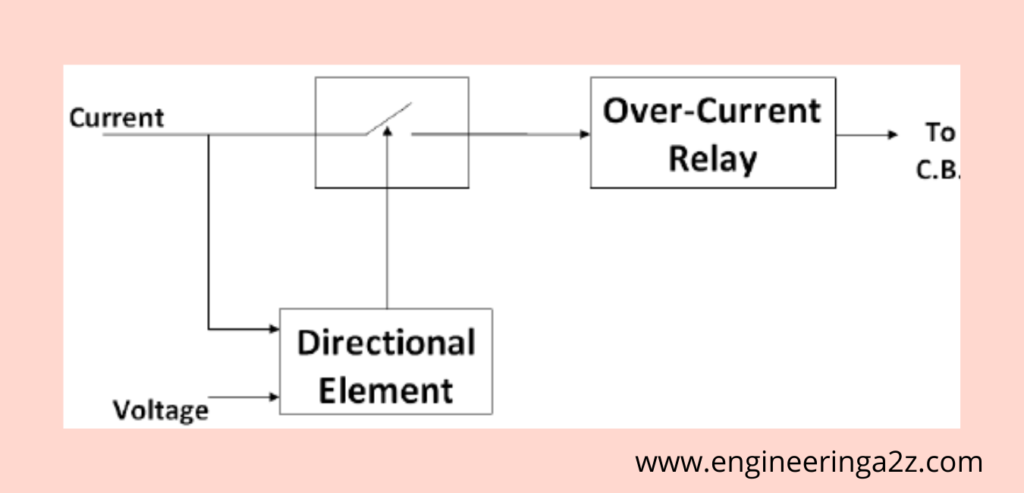
4.2 . Non-Directional Relay
When there is fault in power system. Non directional relays operate irrespective of direction of flow of current. Non-directional overcurrent is a protection scheme developed to protect power system equipment from over-currents and short-circuit currents without giving attention of the direction of current flow.
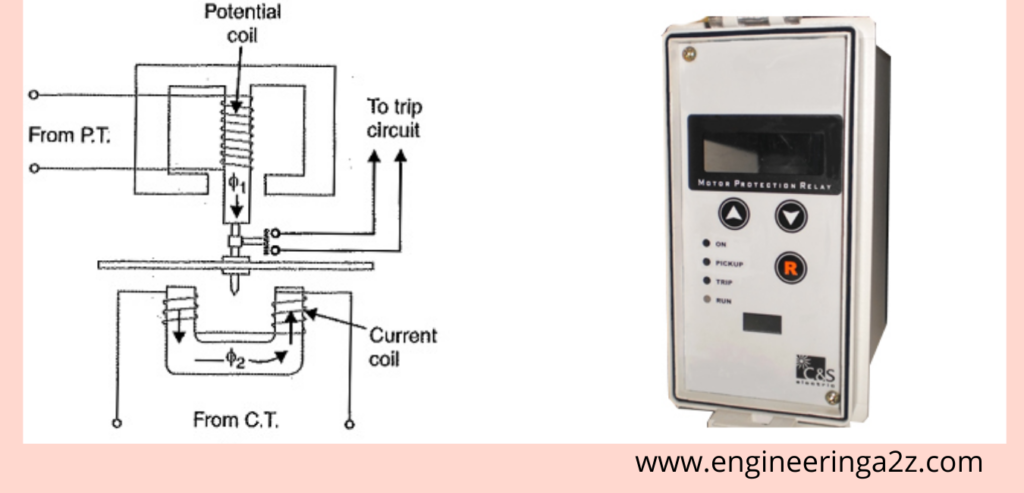
Read Also :
- Balanced Earth-fault Protection
- Buchholz Relay | Working Principle of Buchholz Relay
- Different Types of Faults in Overhead Transmission Lines

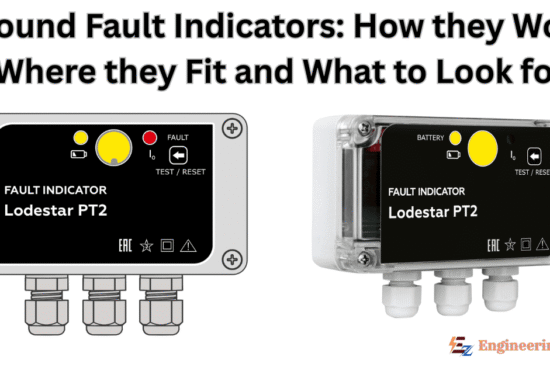









Comments (1)
I needed to thank you for this good read!!
I certainly loved every little bit of it. I’ve got you book marked to look at
new stuff you post…